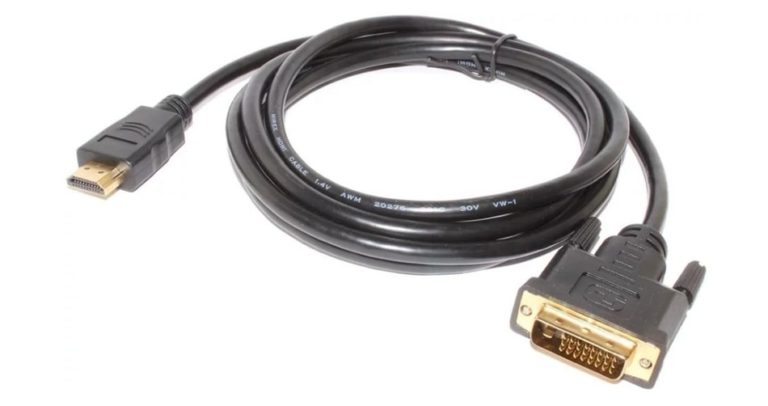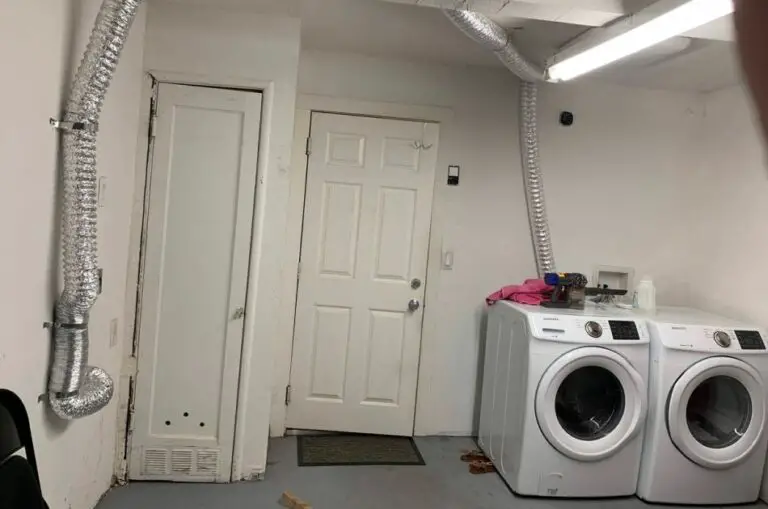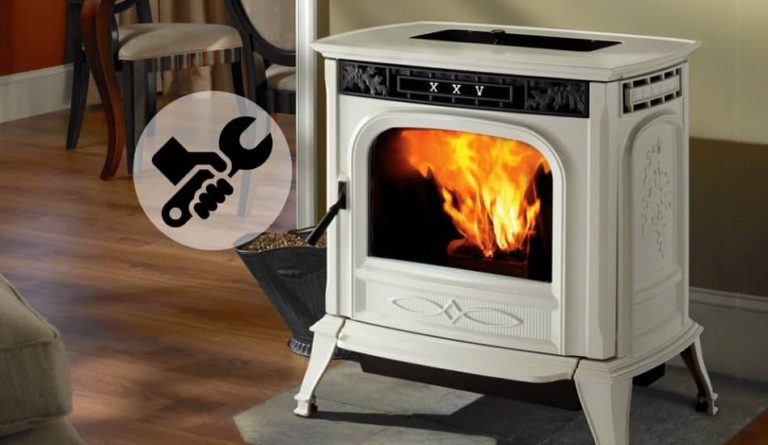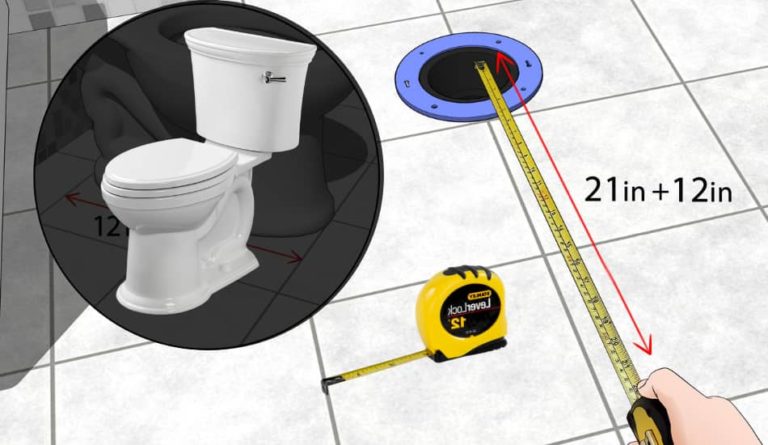How Does an Analog Thermostat Work?
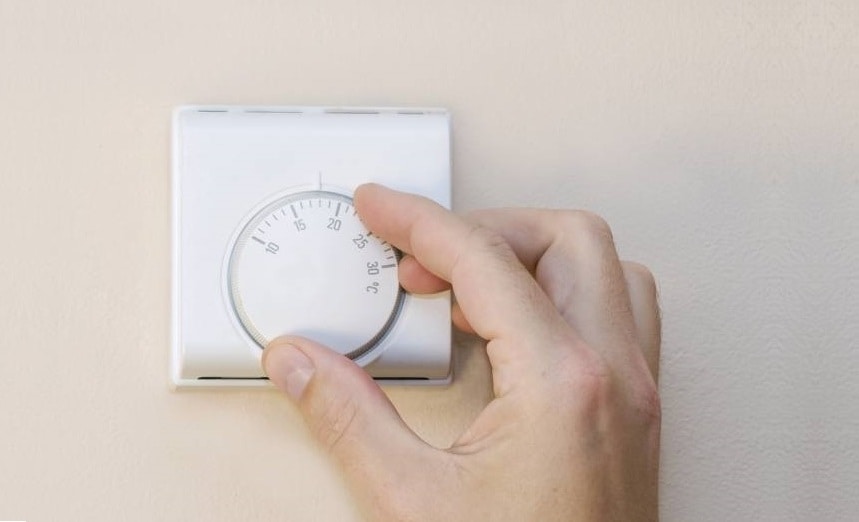
Analog thermostats have been used in our households for a very long time, and each of us has come across at least one. They are used to regulate the temperature in our rooms, by measuring the temperature and comparing it with a previously set value. But how do these thermostats actually work and how do they know how to regulate temperature? Let’s find out!
Table of Contents
How Does an Analog Thermostat Work?
So How Does an Analog Thermostat Work? An analog thermostat works by using a bimetallic strip that is located inside the thermostat. The bimetallic strip consists of two seperate metal strips that are fastened together and they open or closes the electrical circuit as the temperature increases or decreases in the room.
A lot of people are used to analog thermostats. The heating is controlled according to your needs and thus to your comfort, without being influenced by temperature displays, unlike digitals.
If you want to replace your analog thermostat with a digital one, read this article: How to Replace Analog Thermostat with Digital.
The analog thermostats are usually pre-installed in most homes, so when you move in it is very likely that you will already find one. Analog thermostats are known to last a long time, unlike digital ones, which have a lot of electronics in them and can break down more often.
With an analog thermostat, you set the temperature manually by turning the thermostat head. In this way, more heating water can flow through the radiator, and the room temperature rises. As a rule, level 1 means a room temperature of around twelve degrees, and each additional level heats the room to three to four additional degrees.
To better adjust your analog thermostat, it is essential to know the thermostat’s meanings. In this table, you will find your overview and the recommended time of year in which you should use this setting.
| Thermostat Number | Temperature | Season: |
|---|---|---|
| 1 | 12 degrees | Spring/early Summer |
| 2 | 20 degrees | Autumn/Winter |
| 3 | 28 degrees | Winter |
| Snowflake | Antifreeze | Every Season |
The unique feature here is the snowflake. This symbolizes the frost protection of the heating so that the water in the pipes does not freeze.
What If Analog Thermostat Stop Working?
Sometimes it can happen that your analog thermostat stop working because of aging wiring, extreme temperature changes, dust accumulation, or some other issues, and therefore the thermostat may lose connection with the heating system in your house and thus prevent proper heating of your home.
The Pros & Cons Of Analog Thermostats
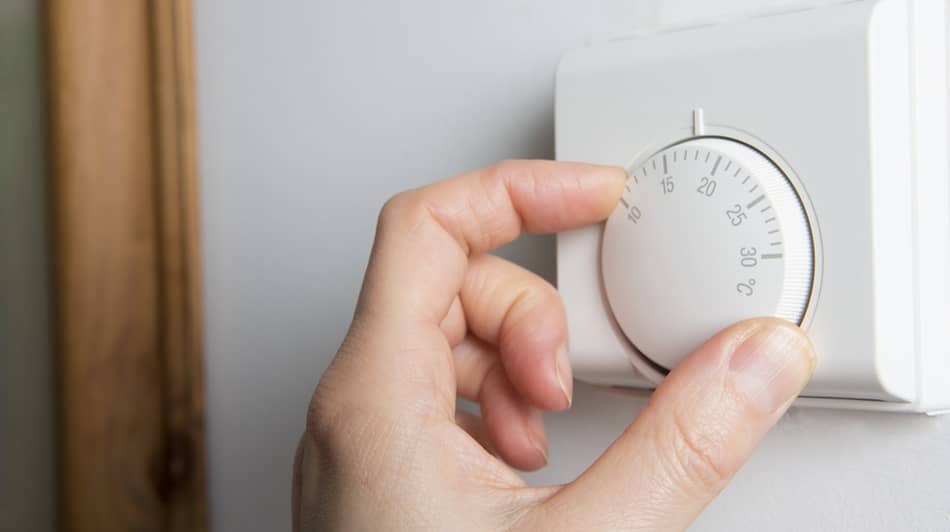
Analog thermostats are one of the most common thermostats that can be found in the household today. Therefore, this type of thermostat is one of the easiest to use. But like everything, it has its advantages and disadvantages. So let’s see the pros & cons of analog thermostats:
The Pros:
- They are cheap
- Easy to use (no extra functions)
- They rarely break down
- They can last long
The Cons:
- No temperature display
- Control by feeling
- Extra heat loss
- Unreliable
Ways to Adjust Your Analog Thermostat

To have better results, the optimal temperature in your house, and to save more money, you need to properly adjust your analog thermostat. Therefore, programming your thermostat once and for all is the secret to getting comfortable heat and saving energy. Let’s start!
1st tip: Adjust the Programming of Your Analog Thermostat
A thermostat allows the boiler to trigger and stop when the required temperature is reached. If this operation can be done manually, for greater peace of mind, choose automatic programming on your thermostat, according to predefined time slots and days.
How?
Begin by entering the date and time in the thermostat clock. Next, set the days of the week and times when you want to increase the room temperature (1 hour before getting up). Then do the same for the days and times when you want to lower the room temperature (1 hour before bedtime).
2nd tip: Defining the Temperature to Save Energy
In most homes and apartments, a room temperature of 21 degrees during the day is sufficient for the whole family’s comfort. At night, however, we are under the duvet … no need to heat so much!
It is especially advisable to keep the indoor air reasonably cool for a good quality of sleep at night, around 18 degrees. Be careful, however, not to create too broad a difference between the daytime and nighttime temperatures.
It could create moisture problems and condensation. Another difficulty: the boiler would take too long to raise the temperature in the morning which will cause higher electricity bills!
Conclusion: 3 degrees of difference between day and night is sufficient.
Difference Between Analog and Digital Thermostats
Certainly, the biggest difference between an analog thermostat and digital ones are price, efficiency, and working principle. The digital thermostats will save you money in the long-term by making your HVAC system run more economical, but they are more „expensive“. Analog thermostats, although cheaper, are not accurate, so additional costs can be created, which can be a problem. Digital thermostats don’t have mercury, but their functionality is the same. With the analog thermostat, the temperature can be set using digits on a rotary knob.
You can see here How Smart Thermostats Can Save You Money.
Is it Easy to Install an Analog Thermostat?
An analog thermostat requires more work and it is more complicated to install unlike it is for digital, and the reason for that is that analog thermostat needs more things to adjust.
With an analog thermostat, installation becomes complicated and time-consuming as many factors have to be taken into account. First, it is necessary to carefully select the type of analog thermostat to install and check compatibility with the home. Not only that, but it is also required to label the cables since they are not always coded. Besides, a space in the wall must be adapted to support where the thermostat will be set.
Also, check to see what type of voltage do you have. Low Voltage or Line Voltage.
Do Analog Thermostats go Bad?
Even if the analog thermostat doesn’t have a lifespan, we can say that on average they can last around 10 years. After that, some of them may start malfunctioning due to aging wiring or some other reasons.
Is it Worth Replacing the Analog Thermostat For Digital?
Yes, it is worth replacing your old analog thermostat with a digital one! Analog thermostats are less efficient, while digital ones can save you money in the long run. One of the main reasons it is worth changing an analog heating thermostat for a digital one is that it is difficult to establish an exact temperature.
Brief History of Thermostats
The first thermostat for hatching chicken eggs was invented back in the 16th century. Mercury was used to measuring the temperature. An adjacent lever mechanism regulated the oxygen supply to the fire. The use of mercury with a mechanical tool went well into the 20th century.
It was only with the contact thermometer’s invention that electrical relays were connected that could switch a heater on or off. In the course of electrical engineering and digitization, today, almost only fully electronic thermostats with highly sensitive temperature sensors are used.
Final Thoughts
Although analog thermostats have been used for a long time, more and more people are changing them and putting in digital ones. Digital thermostats are much easier to use, they can be adjusted to follow your needs, and they make a big difference in saving energy in the long run. Analog thermostats have served their purpose and it is time to say goodbye to them. I hope you learned in this article how they work, and what are their advantages and disadvantages.


